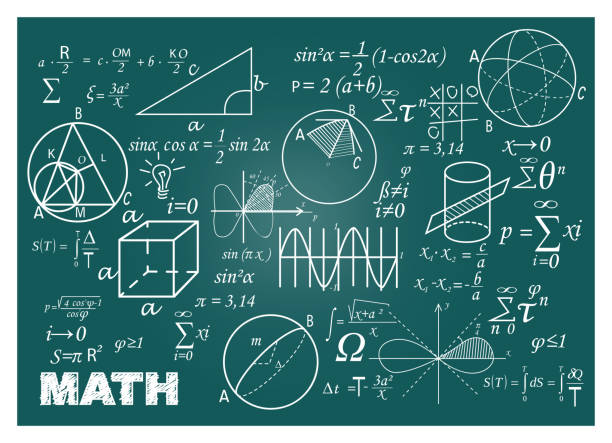Learn Triangles and Their Properties
- Intermediate
- 12 hours
- 11-15 Years
-
 Online Classes (Group)
Online Classes (Group)
 INR 2100.00 Monthly
INR 2100.00 Monthly

Sanjeev Singh
India |
(1 vote)
Curriculum Details:
Lesson Name: Triangle
Lesson's Highlights:
- Similarity of Triangles
- AAA (Angle-Angle-Angle)
- SSS (Side-Side-Side)
- SAS (Side-Angle-Side)
- Properties of Similar Triangles
- Area of Similar Triangles
- Thales Theorem
Lessons schedule: Monday, Wednesday & Friday

Dr. Sunita Hanumanthu
|
No votes yet
This video offers a comprehensive and visually engaging explanation of the Light Reaction in photosynthesis, covering essential subtopics like Photosystems (PSI & PSII), Electron Transport System (ETS), Electron Carriers, ATP & NADPH₂ Formation, and Cyclic & Non-Cyclic Photophosphorylation. Designed for NEET, AIIMS, JIPMER, and other medical entrance exams, as well as students of botany, biotechnology, and related biological sciences, this video simplifies complex processes with step-by-step explanations and visuals, ensuring effective learning and retention.
Light- Reflection and Refraction
- All Levels
- 50 minutes
- 11-18 Years
-
 Online Classes (Group)
Online Classes (Group)
 INR 1200.00 Monthly
INR 1200.00 Monthly

Ankit Singh
India |
(1 vote)
Topics to be Covered:
- Reflection of Light
🔹Laws of Reflection
🔹Plane Mirror and its characteristics
🔹Regular and Diffused Reflection - Spherical Mirrors
🔹Concave and Convex Mirrors
🔹Image formation by spherical mirrors
🔹Uses of concave and convex mirrors
🔹Mirror Formula and Magnification - Refraction of Light
🔹Laws of Refraction
🔹Refraction through a glass slab
🔹Refractive Index - Lenses
🔹Convex and Concave Lenses
🔹Image formation by lenses
🔹Lens Formula and Magnification
🔹Power of a Lens
Lessons schedule- Duration of each lesson will be 45- 50 minutes
Time : 7:00 pm-8:00 pm
Magnetic Effect Of Electric Current
- All Levels
- 3 hours
- 11-18 Years
-
 Online Classes (1-to-1)
Online Classes (1-to-1)
 INR 1200.00 Monthly
INR 1200.00 Monthly

Ankit Singh
India |
(1 vote)
Curriculum Structure: Magnetic Effects of Electric Current
- Relationship Between Electricity and Magnetism
🔹Explanation of how electricity and magnetism are related
- Magnetic Field Produced by Electric Current
🔹Introduction to the concept of a magnetic field
🔹Oersted’s experiment
- Understanding Magnetic Fields
🔹Magnetic field lines
🔹Right-hand thumb rule
- Magnetic Field Due to a Current-Carrying Conductor
🔹Magnetic field around a straight wire
🔹Magnetic field in a circular loop
🔹Magnetic field in a solenoid
- Working of an Electric Motor
🔹Explanation and functioning of an electric motor
- Electromagnetic Induction
🔹Introduction to electromagnetic induction
🔹Working of an electric generator
- Types of Current
🔹Difference between AC (Alternating Current) and DC (Direct Current)
🔹Practical uses of AC and DC
Master Integers with Step-by-Step Lessons – Learn with Confidence
- All Levels
- 10 hours
- 6-15 Years
-
 Online Classes (1-to-1)
Online Classes (1-to-1)
 INR 400.00 Per Lesson
INR 400.00 Per Lesson

Ekta Maurya
India |
(1 vote)
Are integers confusing? You're not alone—and you're in the right place!
This course will help you fully understand integers using real-life examples, simple explanations, and guided practice. Whether you're just starting or need to strengthen your basics, this is your all-in-one learning experience for mastering integers.
Course Structure:
Lesson 1: Introduction to Integers
- What are integers? Understanding positive & negative numbers, real-life examples
Lesson 2: Representing Integers on a Number Line
- Plotting positive/negative integers on a number line, understanding opposites, and zero’s role
Lesson 3: Comparing and Ordering Integers
- Using number lines and inequality signs to compare integers
Lesson 4: Absolute Value of Integers
- Understanding distance from zero, solving problems with absolute values
Lesson 5: Adding Integers
- Rules for addition using number lines and patterns
Lesson 6: Subtracting Integers
- Rules for subtraction and relationship to addition
Lesson 7: Multiplying Integers
- Signs, rules, why two negatives make a positive, patterns
Lesson 8: Dividing Integers
- Division rules, dividing negative and positive numbers
Lesson 9: Mixed Operations & Word Problems
- Applying all operations to solve multi-step problems
Lesson 10: Review + Assessment
- Full review of all topics, assessment quiz, doubt clearing 3
Master Math for ICSE Grade 6: Concept Clarity & Confidence (Full Course)
- All Levels
- 50 hours
- 11-15 Years
-
 Online Classes (1-to-1)
Online Classes (1-to-1)
 INR 450.00 Per Lesson
INR 450.00 Per Lesson

Poornima B
India |
(1 vote)
Struggling with ICSE Grade 6 subjects? I'm here to help!
Get clear explanations, concept-based learning, and exam-focused support in Math.
Boost confidence and grades with personalized tutoring.
Let’s make learning fun and stress-free!
Curriculum Structure
Lesson 1: Number System & Number Sense
- Understand different number types such as natural, whole, and integers. Explore the Indian and International numeral systems. Introduction to the concept of sets and their representations.
Lesson 2: Fractions & Decimals
- Identify and compare fractions. Convert between fractions and decimals. Perform operations on decimals. Learn factors, multiples, HCF, and LCM through “Playing with Numbers.”
Lesson 3: Ratio, Proportion & Percent
- Understand and apply the concepts of ratio and proportion. Solve real-life problems using percentages. Learn the relationship between speed, time, and distance.
Lesson 4: Algebra
- Understand variables, constants, and algebraic terms. Frame and simplify basic algebraic expressions.
Lesson 5: Geometry
- Learn different types of angles and their properties. Study triangles and quadrilaterals. Explore circles and lines of symmetry. Practice constructions using a ruler and protractor. Identify and name 3D solid shapes.
Lesson 6: Mensuration
- Measure and calculate the perimeter and area of basic plane figures. Apply formulas to solve real-world problems.
Lesson 7: Data Handling
- Collect and organize data. Interpret pictographs and bar graphs. Understand and calculate mean and median.
Master the Basics of Electricity!
- All Levels
- 6 hours
- 11-18 Years
-
 Online Classes (Group)
Online Classes (Group)
 INR 2000.00 Monthly
INR 2000.00 Monthly

Ankit Singh
India |
(1 vote)
Curriculum Structure: Electricity
- Introduction to Electricity
🔹Basic concepts of electric current
🔹Understanding potential difference
🔹Concept of resistance
🔹Overview of electric circuits
- Ohm’s Law
🔹Introduction to Ohm’s Law
🔹Calculating current, voltage, and resistance in a circuit
- Combination of Resistors
🔹Series combination of resistors
🔹Parallel combination of resistors
- Heating Effect of Electric Current
🔹Explanation of the heating effect
🔹Applications in daily life
- Electric Power
🔹Understanding the applications of electric power
🔹How electricity works in real-life appliances and circuits
Lessons schedule : Tuesday and Saturday
Master the subject of Economics in an easy and fun way with real world examples.
- All Levels
- 15 hours
- 16-18 Years
-
 Online Classes (Group)
Online Classes (Group)
 INR 1000.00 Per Lesson
INR 1000.00 Per Lesson

Pooja Agarwal
India |
(1 vote)
Explore the basics of economics through interactive discussions and real-world examples. We'll analyze the decision-making processes of individuals, businesses, governments, and societies, uncovering the economic forces that shape our daily lives and the global economy.
Lesson 1: Demand and Supply
- Meaning
- Factors affecting demand and supply
- Laws of demand and supply with exceptions.
Lesson 2: Elasticity of Demand and Supply
- Meaning
- Types
- Different measurement techniques.
Lesson 3: Consumer Behaviour- Utility
- Concept, Laws of Utility.
- Cardinal and Ordinal Utility - assumptions
- Theory,
- Properties
- Equilibrium
Lesson 4: Production
- Concept
- Functions
- Short-run and long-run laws
- The production curves
Lesson 5: Costs and Revenue
- Concept
- Types
- Short-run and long-run laws
- The cost and revenue curves
Lesson 6: Market Mechanism
- Concept
- Different market structures along with their classification
- features and real-world examples
Lesson 7: Money
- Evolution of money
- Different kinds and functions of money
- Importance of money and Money supply
Lesson 8: Banking system
- Concept
- Types of banks.
- Functions and Role of Commercial and Central Banks with examples
Lesson 9: Monetary and Fiscal Policy
- Concept
- Classification
- Importance and implications
Lesson 10: Government Budget
- Meaning
- Need and importance of a budget
- Types
- Components and classification, along with insights into the current year's budget.
Lessons schedule
- One Class per week, preferably on Sunday.
- Timing and day are subject to flexibility according to your convenience.
Mastering 8th Grade CBSE Maths (Full Course)
- Intermediate
- 100 hours
- 11-15 Years
-
 Online Classes (Group)
Online Classes (Group)
 INR 2000.00 Monthly
INR 2000.00 Monthly

Rajshree N Shriwas
India |
(1 vote)
- Rational Numbers: Properties of rational numbers (closure, commutativity, associativity, distributive property), representation on the number line, and rational numbers between two rational numbers.
- Linear Equations in One Variable: Solving equations with linear expressions on one side and numbers on the other, solving equations with variables on both sides, applications of linear equations, and reducing equations to simpler forms.
- Understanding Quadrilaterals: Polygons, sum of measures of exterior angles of a polygon, different kinds of quadrilaterals (parallelogram, rhombus, rectangle, square, kite, trapezium), and their properties.
- Data Handling: Looking for information, organizing data, grouping data, circle graphs (pie charts), and chance and probability.
- Squares and Square Roots: Properties of square numbers, finding the square of a number, Pythagorean triplets, finding square roots through prime factorization and the division method, and square roots of decimals.
- Cubes and Cube Roots: Cubes and cube roots of a number, finding cube roots through prime factorization.
- Cubes and Cube Roots: Cubes and cube roots of a number, finding cube roots through prime factorization.
- Comparing Quantities: Ratios and percentages, finding increase or decrease percent, discounts, prices related to buying and selling (profit and loss), sales tax/VAT/GST, compound interest, and applications of compound interest formula.
- Algebraic Expressions and Identities: Terms, factors, and coefficients, monomials, binomials, and polynomials, like and unlike terms, addition and subtraction of algebraic expressions, multiplication of algebraic expressions, standard identities, and applying identities.
- Mensuration: Area of trapezium, area of general quadrilateral, area of polygons, surface area of cube, cuboid, and cylinder, and volume of cube, cuboid, and cylinder.
- Exponents and Powers: Powers with negative exponents, laws of exponents, and use of exponents to express small numbers in standard form.
- Direct and Inverse Proportions: Understanding direct and inverse proportions and solving related problems.
- Factorisation: What is factorization, division of algebraic expressions, and factorization using algebraic identities.
- Introduction to Graphs: Bar graphs, pie graphs, histograms, line graphs, linear graphs, and their applications.
Mastering Force and Pressure in Physics
- Expert
- 6 hours
- 11-18 Years
-
 Online Classes (1-to-1)
Online Classes (1-to-1)
 INR 700.00 Weekly
INR 700.00 Weekly

Chandan Choudhury
India |
(1 vote)
Lesson Name: Force and pressure
What Learners Will Explore:
- Types of force
- Components of force
- Pressure in solids
- Pressure in liquids
- And many more related concepts in an engaging and easy-to-understand manner


















 Academics
Academics Tech Skills
Tech Skills Soft Skills
Soft Skills Hobbies & Wellness
Hobbies & Wellness
